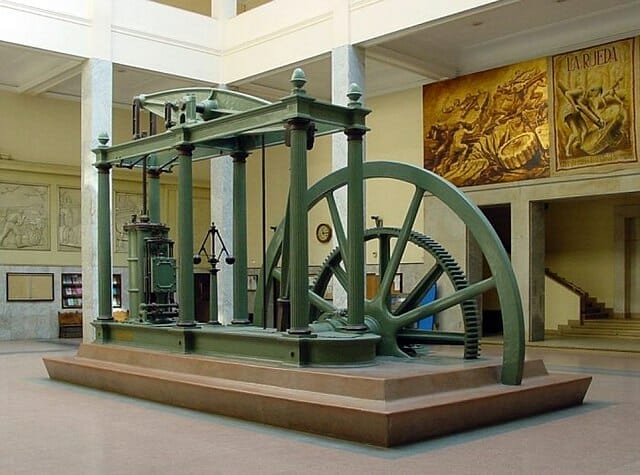Structural engineering has played a crucial role in the creation of civilization’s most iconic structures. From the colossal pyramids of ancient Egypt to the soaring skyscrapers of the modern era, the history of structural engineering is a testament to human ingenuity and determination. In this article, we will delve into the rich chronicle of this discipline and its impact on the built environment.
The Roots of Structural Engineering: Ancient and Medieval History
The profession of a structural engineer only really took root in the 19th century. However, principles of structural engineering have been applied throughout human history. The ancient and medieval history of most architectural design is replete with feats of structural engineering. Early societies had a basic understanding of structural integrity. They appreciated the strength of structural members and used them to create durable, practical structures, often with incredible aesthetic appeal. For instance, the Egyptians built pyramids using vast stone blocks, ingeniously arranged to distribute the weight evenly across the structure. The Romans advanced this field by pioneering the use of concrete, a mixture of cement, aggregate, and water. The introduction of this new structural material transformed the landscape of civil engineering. Structures such as the Roman Colosseum and the Pantheon still stand today as a testament to their structural design process.

The Middle Ages and Beyond: Refining Structural Analysis
During the medieval period, structural analysis took a giant leap forward with the advent of Gothic architecture. This style incorporated pointed arches, ribbed vaults, and flying buttresses, all structural elements that allowed for the construction of taller, more open spaces while ensuring the structural integrity of the buildings. However, the profession of structural engineering remained largely unrecognized until the 19th century. With the advent of industrialization, the need for individuals who specialized in understanding and predicting how structures would behave became apparent. This led to the formal recognition and growth of the profession of structural engineering.

Modern Structural Engineering: Innovations and Institutions
The advent of modern structural engineering brought forth new materials such as steel and reinforced concrete, enabling the creation of previously unimaginable structures like skyscrapers. These materials expanded the possibilities of structural form, giving rise to an era of unprecedented construction innovation. The 20th century also saw the establishment of professional organizations like the Institution of Structural Engineers in the UK in 1908. This body and others like it have helped to standardize the profession and set standards for structural engineering design and safety.
The Structural System Today: A Blend of Art and Science
Today, structural engineering is a sophisticated discipline that combines scientific principles with artistic vision. Structural engineers are responsible for ensuring the safety and durability of a wide array of structures, from bridges and stadiums to residential homes and office buildings. They use advanced tools and software for structural analysis to predict how a structural system will behave under various loads and conditions. This meticulous process helps to ensure that every structure meets the necessary safety standards while also achieving the desired aesthetic impact.

What is the impact of structural engineering on society?
Structural engineering plays a pivotal role in shaping society, leaving a lasting impact in numerous ways. Firstly, it ensures the safety and stability of structures, such as buildings, bridges, and infrastructure, safeguarding lives and property. By employing advanced techniques and materials, structural engineers develop innovative designs that withstand natural disasters and environmental challenges. Additionally, structural engineering enables the construction of iconic architectural marvels, enhancing the aesthetic appeal of cities and serving as cultural landmarks. It also drives economic growth by facilitating the development of modern cities and enabling the construction of large-scale projects. Moreover, sustainable structural engineering practices contribute to reducing environmental impact, optimizing energy efficiency, and promoting eco-friendly construction methods. Ultimately, the impact of structural engineering extends beyond the physical realm, positively influencing society’s safety, well-being, and overall quality of life.
Conclusion: Reflecting on the History of Structural Engineering
From the stone and mortar constructions of ancient civilizations to the steel and glass behemoths of today, the history of structural engineering is a fascinating journey of human innovation and also structural engineering and civil engineering helps shape our world. This field continues to evolve, driven by advances in materials science, digital design techniques, and a greater understanding of the environment. As we look to the future, the lessons we’ve learned from the past will continue to inform and inspire us. It is the responsibility of today’s construction companies and structural engineers to continue this tradition of innovation, striving to create structures that are not only safe and functional but also enhance the human experience.




